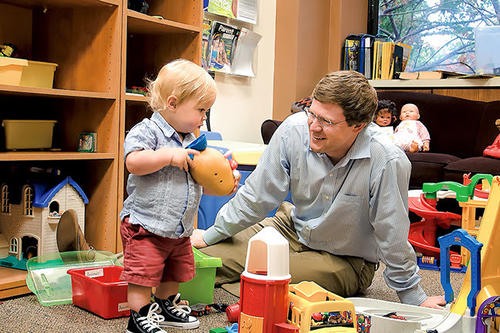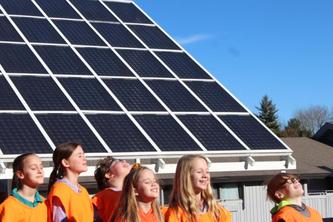
Visiting a pediatrician’s office, parents often see growth charts that mark physical milestones to show how their baby is developing. But there is no such chart for brain development. Jed Elison, assistant professor of child development, hopes to change that.
Elison specializes in developmental social neuroscience, structural brain development, and autism. His research is making leaps in characterizing brain-growth trajectories in children between 3 and 24 months, an age when the foundation is laid for subsequent social and cognitive development.
“This is a time of dynamic change but also of vulnerability for maladaptive behavioral patterns,” he says. “Understanding this development period in greater detail may ultimately allow us to improve the health and wellbeing of children.”
Elison’s lab takes a wide-angle approach, using aspects of neuroscience, computer science, biostatistics, and clinical, cognitive, and social psychology, all integrated toward understanding how a child’s mind works and how the brain develops.
He believes this approach will someday allow for the creation of a chart that will diagram growth trajectories for specific brain regions, circuits, and networks, and then link patterns of brain development to patterns of behavioral development.
Recently, Elison’s research got a boost when he won a grant of $2.45 million from the National Institutes of Health called BRAINS—Biobehavioral Research Award for Innovative New Scientists—awarded to exceptional scientists in the early stages of their careers.
“The award allows me to ask ‘risky’ questions that most people at my career stage would shy away from,” he says.
Learn about similar work at the University of Minnesota to close the opportunity gap.
- Categories:
- Education





